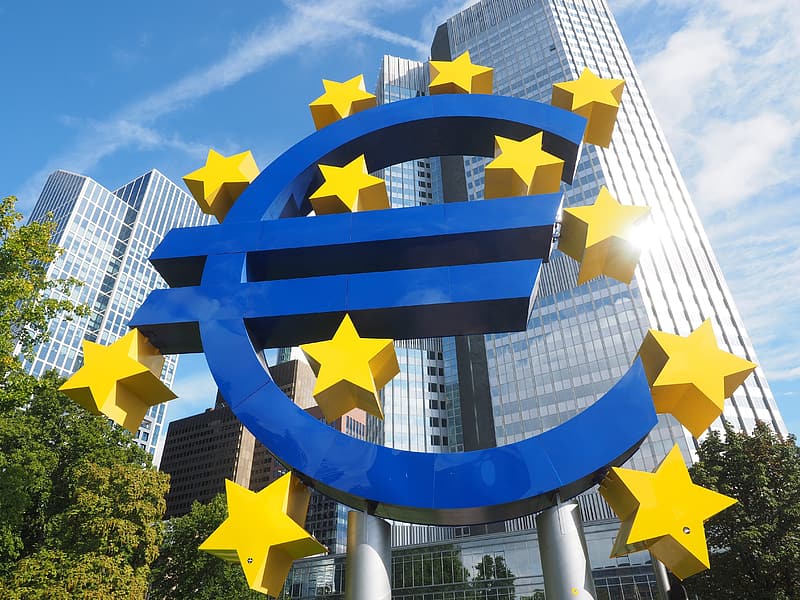What is the European Central Bank doing in the meantime?
Benedek Kolonics | 12 Jun 2020
The novel coronavirus epidemic has shook the very foundations of the world economy. Whilst the US economy experiences unemployment only comparable to the Great Depression (more than 23 million unemployed at the height of the pandemic), the UK economy has had its worst ever recorded month so far: it has shrunk 20.4% in April. The Eurozone’s performance looks similarly grim, and the second quarter data is not even available yet: from January to March, the economic performance of the group decreased with a historic low of 3.8 percent. Whilst the real economic effect of lockdowns can only be guessed as the data is only supplied slowly, when a central bank is responsible for almost 350 million citizens of 19 deeply different economies, there is little room to refrain from (sometimes radical) action until the picture is clearer. The question arises: what has the European Central Bank done so far, and what kind of plans does it have to curb the effects of the pandemic-induced economic crisis in the future?
As the pandemic hit the advanced world, it came with serious volatility and serious losses in financial markets. This loss of thrust in and the subsequent withdrawal of capital threatened to unleash a perilous macro-financial feedback loop, that could have induced a full-blown financial crisis, making the health crisis and crisis of the real-economy even worse. Therefore re-establishing stability and trust was the ECB main objective in the first weeks of the outbreak. Luckily, the ECB has had various, well-tested tools in its disposition, thanks to the various crises it managed to overcome in the past decade. These are mutually reassuring measures, that work well together and address the arising problems comprehensively. The three main components of this programme are:
- Broad-based asset purchases, to address illiquidity and heightened volatility in core segments of euro area financial markets to allow a smooth transmission of the ECB’s monetary policy. The temporary Pandemic Emergency Purchase Programme (PEPP) constitutes the core of this component. It foresees purchases at a volume of €750 billion of eligible private and public securities throughout this year, and longer if needed. A similar programme worked well in putting Europe’s economy back on track after the past crises.
- Measures that ensure that banks remain reliable carriers of the ECB’s monetary policy and continue lending to the real economy. A comprehensive set of collateral easing measures and enhanced targeted longer-term refinancing operations (TLTROs) form part of this component.
- The finally component is the ECB’s role as a lender of last resort to solvent banks. As part of this component, ECB offers banks liquidity over longer horizons at the rate of its deposit facility – a negative rate – without any conditions attached.
By now, it can be concluded that the immediate threat of a financial crisis has been averted. The ECB, in accordance with most major economic players, still expects a V-shaped recovery as life returns to “normal”, nevertheless, the month of lockdown significantly reduced the financial capabilities of economic actors. The ECB’s main goal is to keep the supply of capital sustained by ensuring short-term concerns do not prevent banks from lending and that their lending capacity is sufficient and cheap enough to successfully finance the swift recovery from the economic fallout.
In conclusion, the European Central Bank managed to retain trust in the financial markets with gigantic, €750 billion Emergency Purchase Programme and its accompanying measures. However, as the pandemic hits highly differing economies in deeply different manners, the monetary governance of the Eurozone will only get more complicated in the future. The health crisis will quite possibly be followed by a debt crises in the south of Europe: the ECB will have to be ready to act as swiftly and decisively as it did during the COVID-19 pandemic to once again protect the common currency.










Leave reply